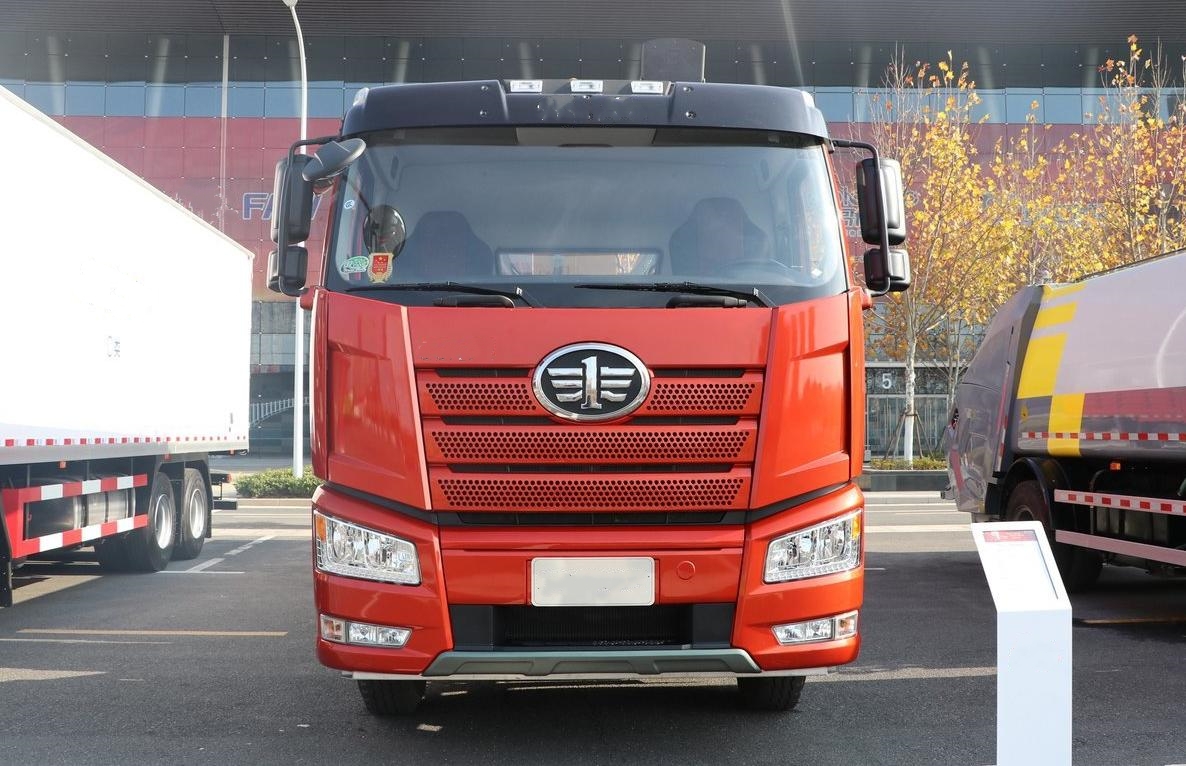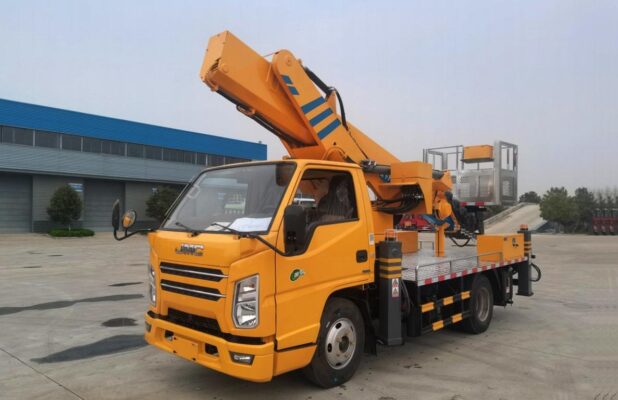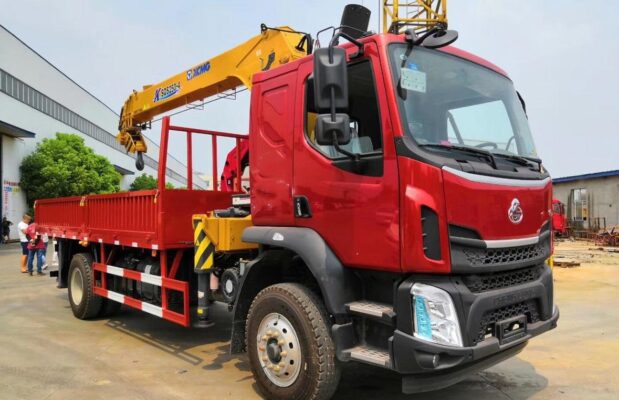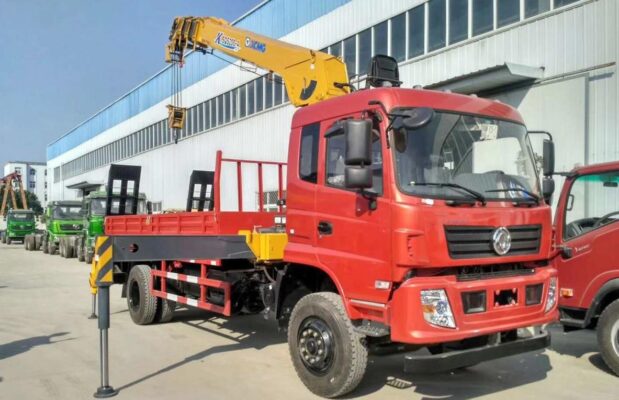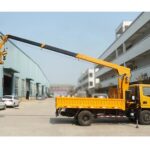Lifting gear and rigging are essential components in various industries, particularly in construction, manufacturing, and logistics. Understanding these tools is crucial for ensuring safe and effective lifting operations.
Lifting Gear
Definition and Purpose: Lifting gear refers to rigid devices designed to lift and transport heavy objects. These devices are engineered to handle significant loads and are crucial in various applications where heavy lifting is required.
Types of Lifting Gear: The primary types of lifting gear include:
- Hooks: Simple but effective, hooks are commonly used for attaching loads to lifting equipment. They come in various designs, such as clevis hooks, swivel hooks, and safety hooks, to suit different lifting needs.
- Grab Buckets: These are used for lifting bulk materials, allowing for efficient handling of loose items like soil, gravel, or scrap.
- Clamps: Specifically designed to grip and lift objects securely, clamps are useful for handling materials like steel plates or beams.
- Suction Cups: Ideal for lifting flat and smooth surfaces, suction cups use vacuum technology to securely lift items like glass panels or metal sheets.
- Specialized Lifting Devices: This category includes custom tools designed for specific tasks, such as spreader beams or lifting frames, which enhance lifting capability and safety.
Lifting gear directly interacts with the load, making it essential for operators to choose the right type of equipment for the task at hand.
Rigging
Definition and Composition: Rigging refers to the assembly of flexible components used to secure and attach items during lifting operations. It is a critical aspect of lifting that ensures loads are lifted safely and effectively. Rigging often includes high-strength flexible components such as:
- Wire Ropes: Known for their durability and strength, wire ropes are commonly used in lifting operations due to their ability to handle heavy loads.
- Lifting Chains: These provide high strength and resistance to wear, making them suitable for demanding lifting tasks.
- Synthetic Fiber Slings: Lightweight and flexible, synthetic slings are often used in situations where reduced weight is a benefit or where a softer touch is needed to prevent damage to the load.
Each of these components is typically combined with end loops, hooks, and shackles to create a complete rigging system.
Key Terminology
- Ultimate Working Load of Lifting Slings: This term refers to the maximum weight that a single sling can safely support under normal conditions when suspended vertically. Understanding this limit is essential to prevent overloads, which can lead to equipment failure and accidents.
- Rated Load of Lifting Gear: The rated load indicates the maximum weight that lifting gear can support under general conditions when suspended vertically. It serves as a guideline for safe lifting operations and is specified by the manufacturer for each piece of equipment.
- Maximum Safe Working Load of Lifting Slings: When lifting operations involve angles between the lifting points and the load, the forces on the sling change. The maximum safe working load of the sling refers to the greatest weight that can be safely supported under specific rigging arrangements. This value is critical in rigging scenarios where the load is not directly vertical, as angles can significantly affect the sling’s performance and safety.
Importance of Proper Knowledge and Training
Understanding the characteristics, limitations, and proper use of lifting gear and rigging is vital for any personnel involved in lifting operations. Adequate training ensures that operators can:
- Select the appropriate lifting gear for specific tasks.
- Calculate the safe working loads based on the rigging configurations.
- Recognize the importance of regular inspections and maintenance of lifting equipment to ensure safety and compliance with industry standards.
Conclusion
Lifting gear and rigging are fundamental elements in the safe and effective handling of heavy loads. By comprehending the various types of lifting gear, the composition of rigging systems, and the significance of load ratings, operators can enhance safety and efficiency in their lifting operations. Continuous education and adherence to safety standards are imperative for preventing accidents and ensuring a secure working environment.

